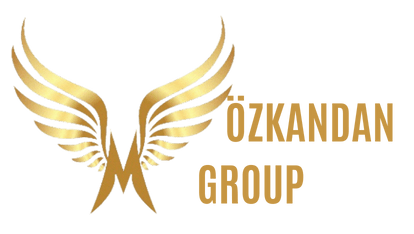Rhinoplasty is a functional and aesthetic surgery performed by changing both the inside and outside of the nose. While the deformity in the nose is corrected only because it causes visual discomfort in some cases, it should also be corrected because it causes problems such as respiratory disorders in most people. The primary goal in rhinoplasty is to make the respiratory tract in the nose work in the best possible way at the end of the operation.
The nose is an organ with many functions, aesthetic dynamics and meaning. Therefore, it is very important to perform a careful examination and facial analysis covering the inside and outside of the nose before surgery. Since even the slightest intervention produces significant results, rhinoplasty surgeries should be performed by an experienced surgeon who specializes in nose surgery.
Those who are not satisfied with the shape of their nose, who are confident that they know what they want and do not want about their nose, who can clearly share their wishes with their doctor, who understand the surgery process and its results, who are aware of what can and cannot change in their life with their new nose after surgery, who are informed about the risks and consequences of the surgery as well as its benefits. People over the age of 16 for girls and 17 for boys are suitable candidates for rhinoplasty. Your communication and motivation with your doctor is very important during the pre-operative interview, evaluation and decision-making stages for surgery. It is necessary to discuss preoperative aesthetic and functional evaluation, photo analysis and detection of problems, operation plan, graft need and use, postoperative process and possible complications in detail and clearly. A successful surgery process depends not only on the surgeon’s experience, knowledge and skills, but also on the patient’s desire, motivation and patience.
Rhinoplasty is one of the most difficult surgical operations. There is no standard rhinoplasty. Each patient, each face and each nose, when considered as a whole, has a different anatomical structure and is unique. Therefore, it requires separate planning for each patient. Complete detection of aesthetic and functional deformities, a good design and surgical plan, ability to perform this and most importantly experience are required. The aim is to have a nose that looks good from every angle and is balanced with the other structures of the face. The surgeon’s artistic skill, training and experience in nose surgeries, and desire for self-improvement are the most important factors for a successful outcome. In addition, the balance between aesthetics and functionality must be maintained very well.


